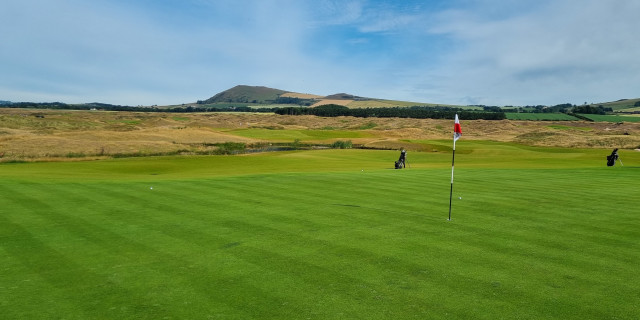
The Questions for Clubs and Golfers in Winter
Winter is a challenging period for golf clubs as they look to maintain a balance between retaining satisfactory revenues and ensuring that the course is of an acceptable standard for the peak summer season. Expectations from members and visiting golfers have changed over time, and it’s a question for all parties to reflect on deeply as the game looks to adapt to modern demands.
For many people, due to poorer weather and significantly reduced daylight hours, the opportunity and desire to play between November and February is greatly diminished. This is particularly true in the North of England and Western Scotland. However, for those looking to maximise the value of their often-expensive membership subscriptions, the golf season doesn’t really end, even competitively, and there is a demand from those golfers that clubs must satisfy in the precarious battle to retain numbers and attract new players to the club.
Courses have introduced winter memberships, or monthly subscriptions, offering good value for golf on a layout that hasn’t been reduced to winter greens or shorter yardages. Fairway mats are the nadir for many golfers, and frequent closures are a frustration, while seeking clubs that remain widely open is an appeal for many over the winter. The Golfshake Survey of 2016/17 found that 48% of golfers were nomadic players without a permanent home, suggesting there was both a concern and possible opportunity for clubs looking to build memberships.
Featured Content

Though evidently still a factor, is the ‘fair weather’ golfer still has prevalent as in past generations? Most winters in the 1990s and 2000s throughout England were warmer and wetter than the previous seasonal averages, with frost and low temperatures recorded less frequently than in prior decades. This has opened the door for courses to remain opened more frequently in the low season, but there is a pressure on them to deliver a year-long standard that matches expectations.
Ten of the Best Courses in England to Play in Winter
For greenkeepers – looking to ensure the course is at its best in summer – the challenge is maintaining that conditioning with increased traffic during the problematic months of winter, but softer conditions on inland layouts face the risk of significant damage from trolleys. Seaside links courses – with their firm and naturally draining turf – have long been considered ideal for winter golf, but parkland courses need to alter that perception if they are to bring in the required revenue during the dark season.
Why Do We Play Off Temporary Tees When The Course Isn't Frozen
Question for clubs – and golfers – is would they sacrifice golf in the winter to ensure that their course was at its best during the peak months between April and October? For those wanting to play all 12 months of the year, there is only one answer, and golf clubs looking to deliver that for them are under pressure to meet the demands of their members.

Though it raises potential issues, there is also an opportunity for clubs to provide a year-long service that others in the local area perhaps don’t, and monthly subscriptions could be a wider option that appeals.
So, do you regularly play winter golf, and how do you value the balance between playing a full-course in the colder months, and having the best condition possible over the summer?
Tags: winter golf









